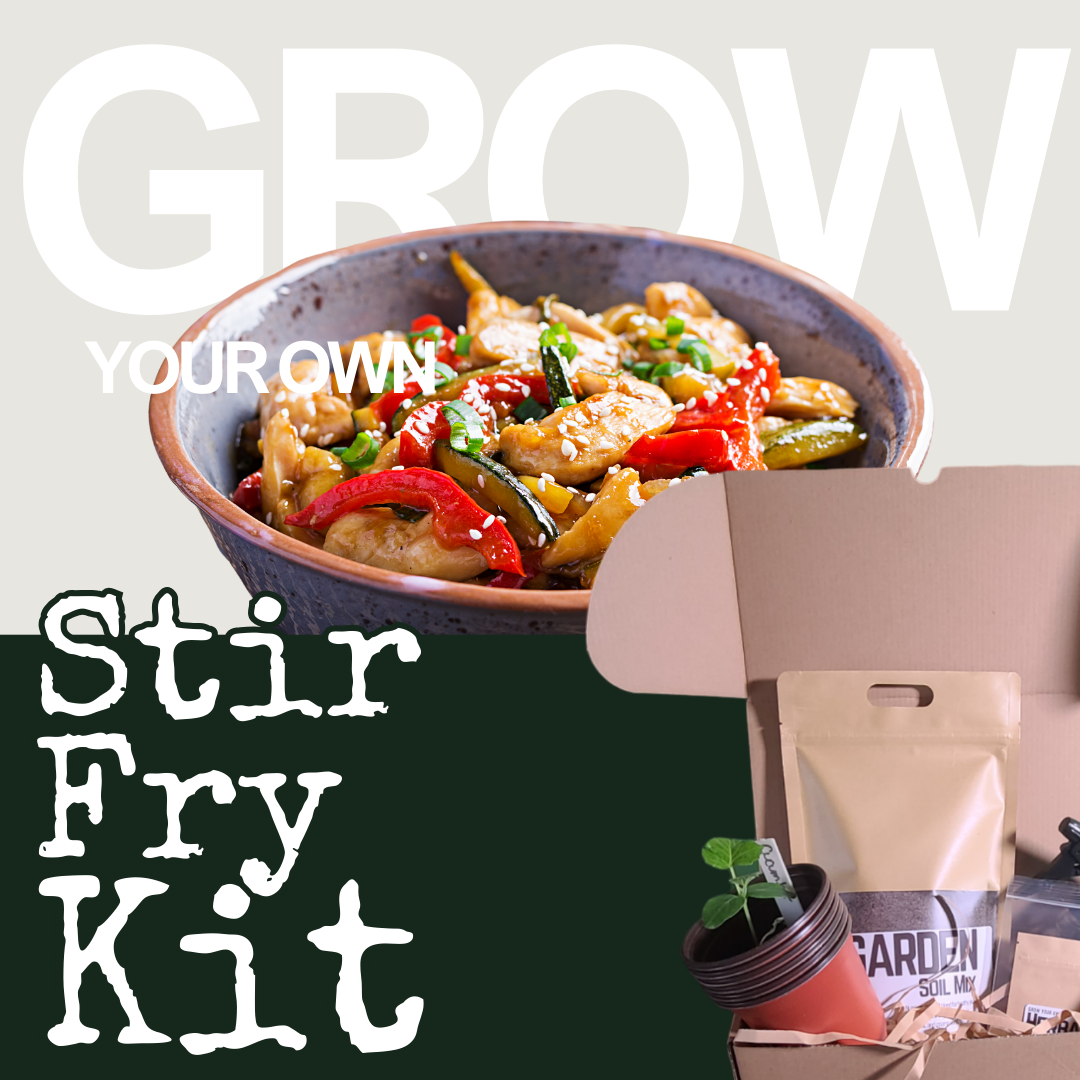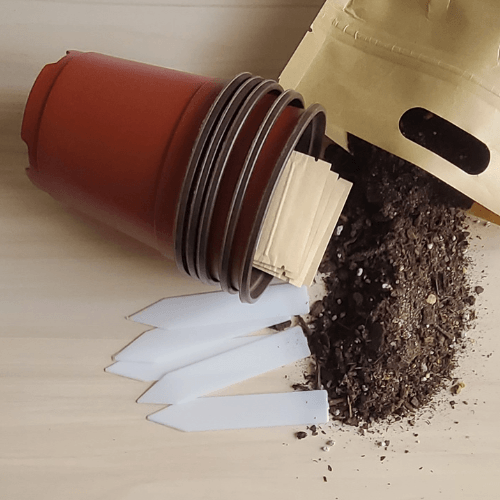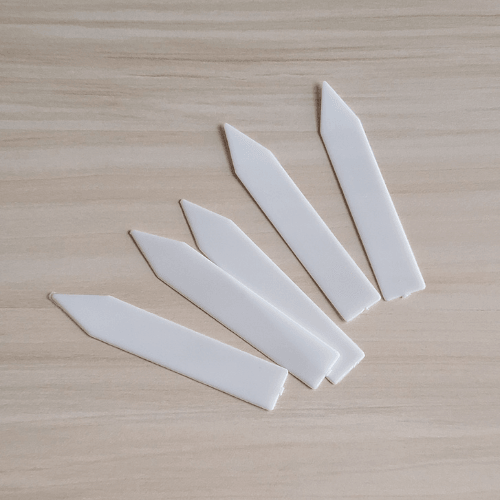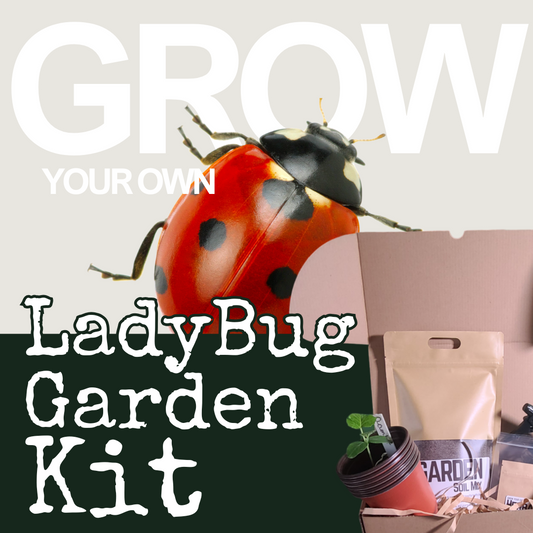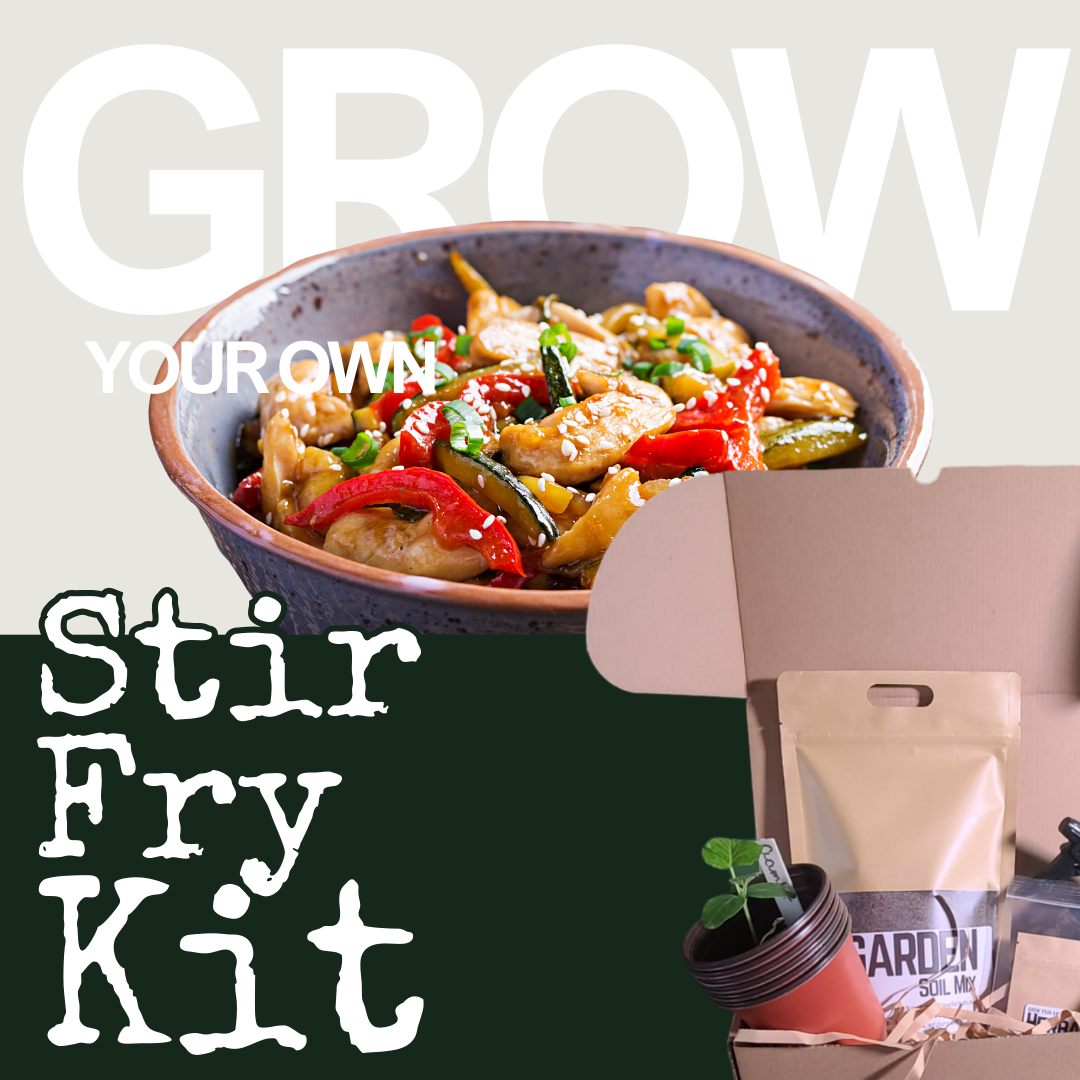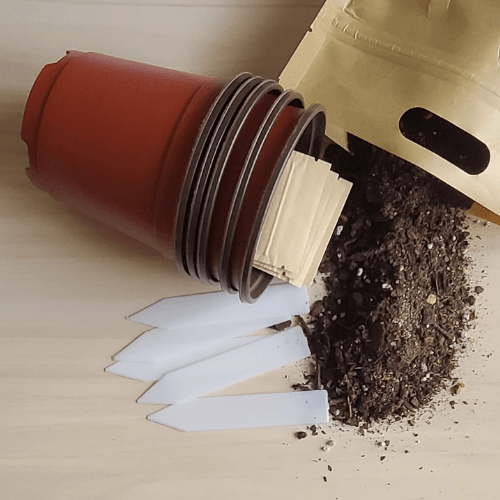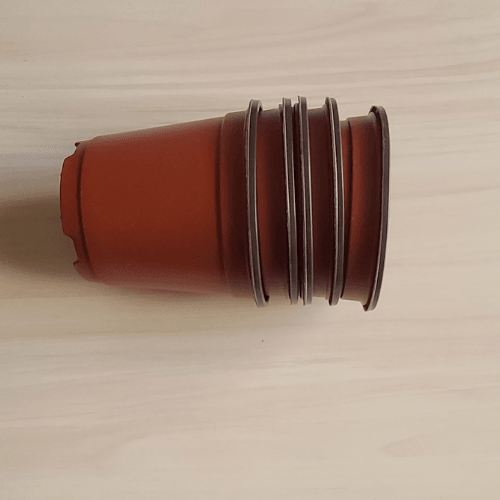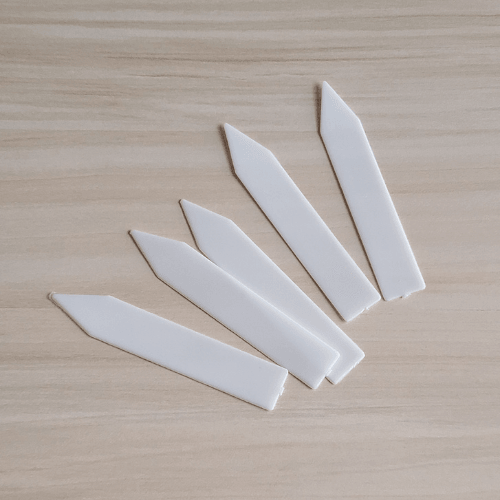Luffa Sponge Seeds
Luffa Sponge Seeds
- NON-GMO
- Container Friendly
- Mild Flavor
Couldn't load pickup availability


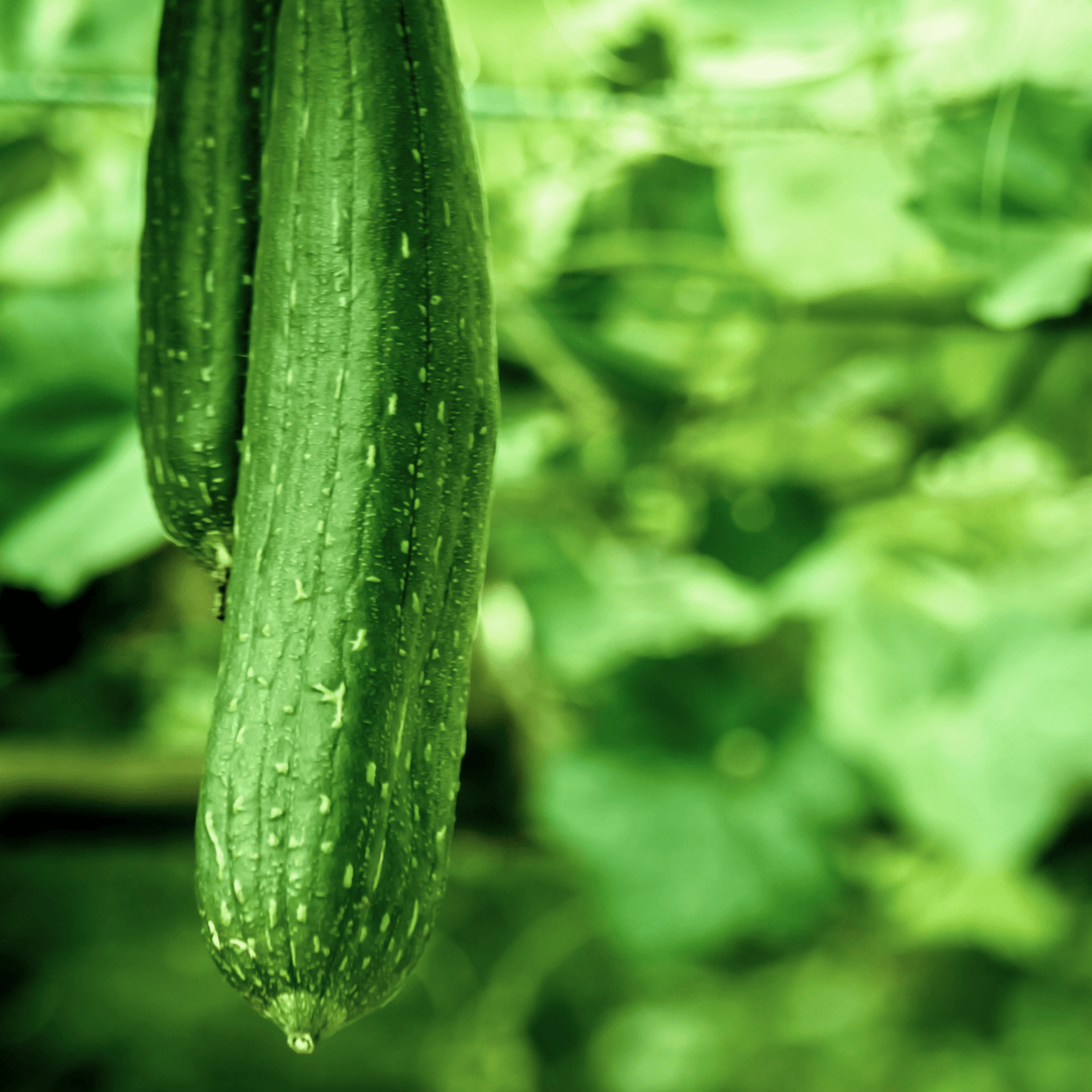
Growing Luffa Sponge Seeds
-
Germination Rate
7 to 14 days
-
Sun
Full Sun (6+ hours per day)
-
Plant Type
-
Plant Size
10 to 20 feet
-
Water Needs
Keep soil evenly moist
-
Seed Depth
1/2 inch deep
-
Container Size
Extra Large Pot (24–36 inch)
-
Expect To Harvest
Over 90 days
-
Zones
3-11
-
Plant Spacing
12 to 18 inches apart
-
Companion Plants
Corn, dill, onion, radish, and celery
-
Common Problems
Lack of pollinators, Powdery mildew, and downy mildew
-
Pest
Squash bugs, cucumber beetles, and vine borers
-
Culinary Uses
Commonly used as a natural scrubber or in various culinary recipes substituted for zucchini
-
Growing Season
Late Summer and Fall
-
Start Planting Indoors
3 to 4 weeks before the last frost
-
Start Planting Outdoors
2 to 3 weeks after the last frost
Growing Instructions
Starting your seeds
You can start luffa sponge seeds indoors using a heat mat to encourage germination. Once the seedlings sprout and grow a few sets of leaves, move them outdoors. Keep the soil moist and provide 6–8 hours of sunlight daily. When direct sowing luffa sponge seeds, plant them about 1/2 inch deep in well-drained soil. Space them 12–18 inches apart to allow for proper vine growth and support.
Harvesting your seeds
To harvest luffa, wait until the fruit reaches a length of 6 to 8 inches. Harvesting at this stage ensures the luffa is still young and tender. Use sharp scissors or pruning shears to cut the fruit from the vine, leaving a small portion of the stem attached. Harvesting regularly promotes ongoing fruit production.
Grow Your Own Stir Fry Kit
Share
